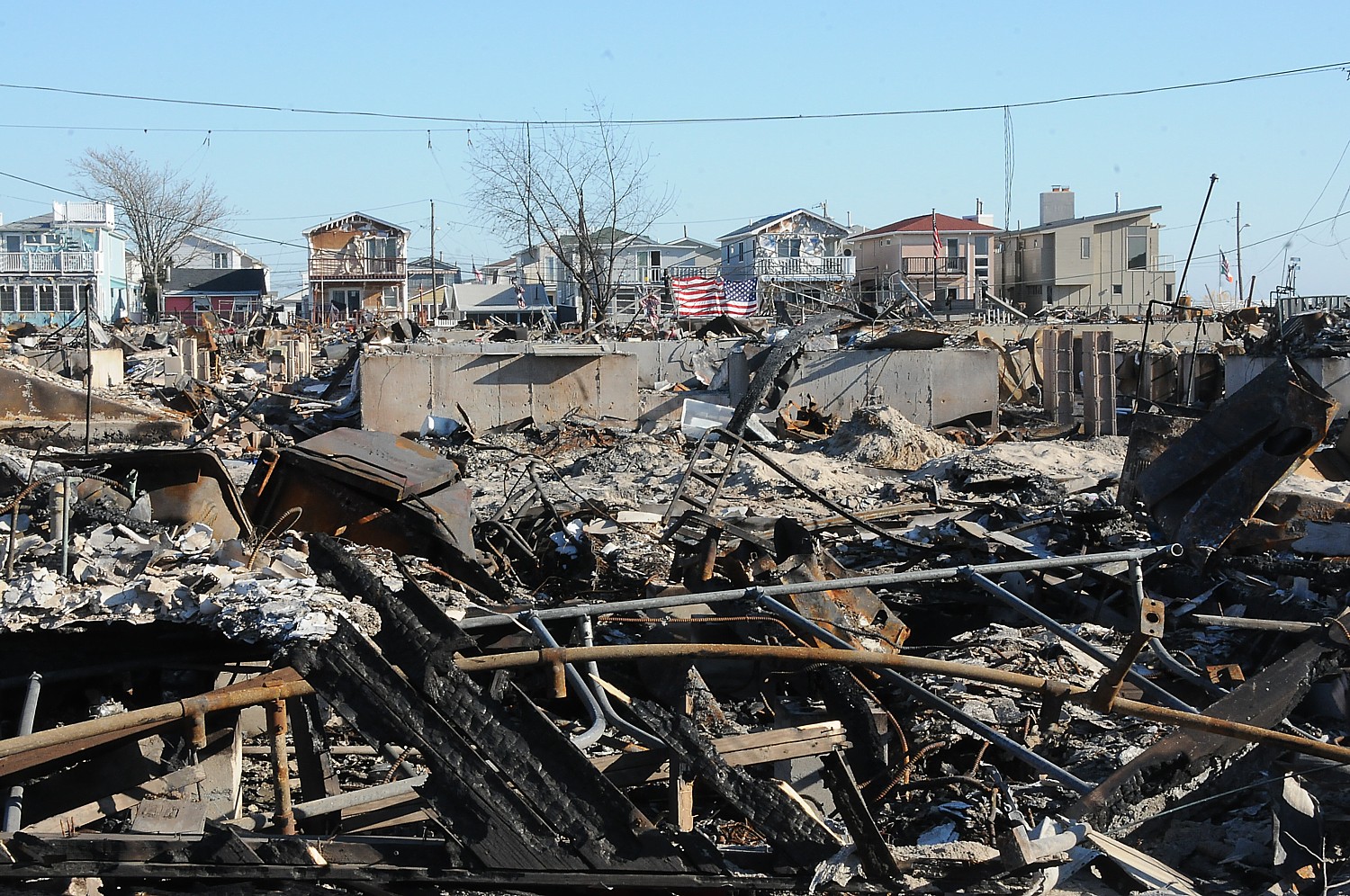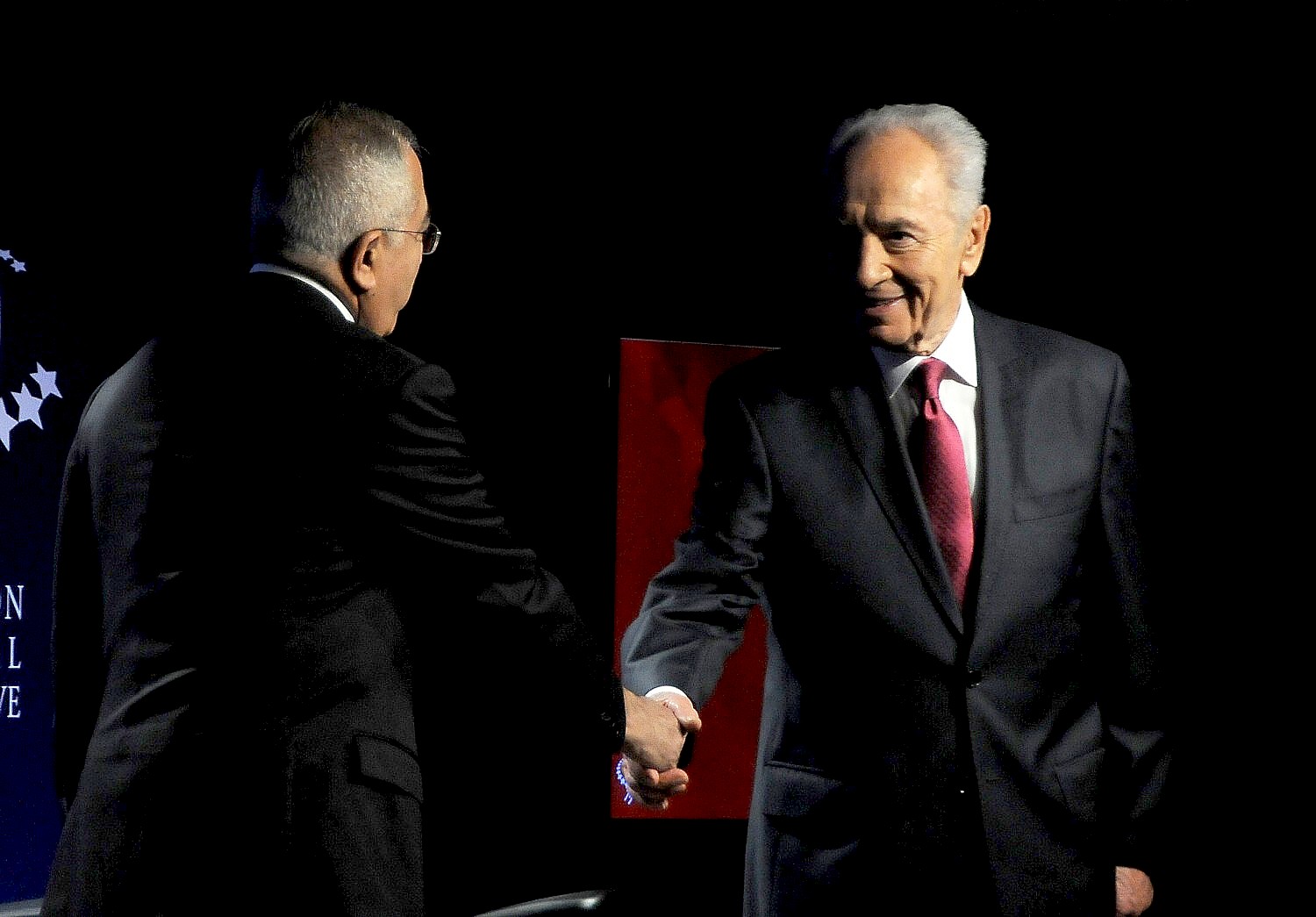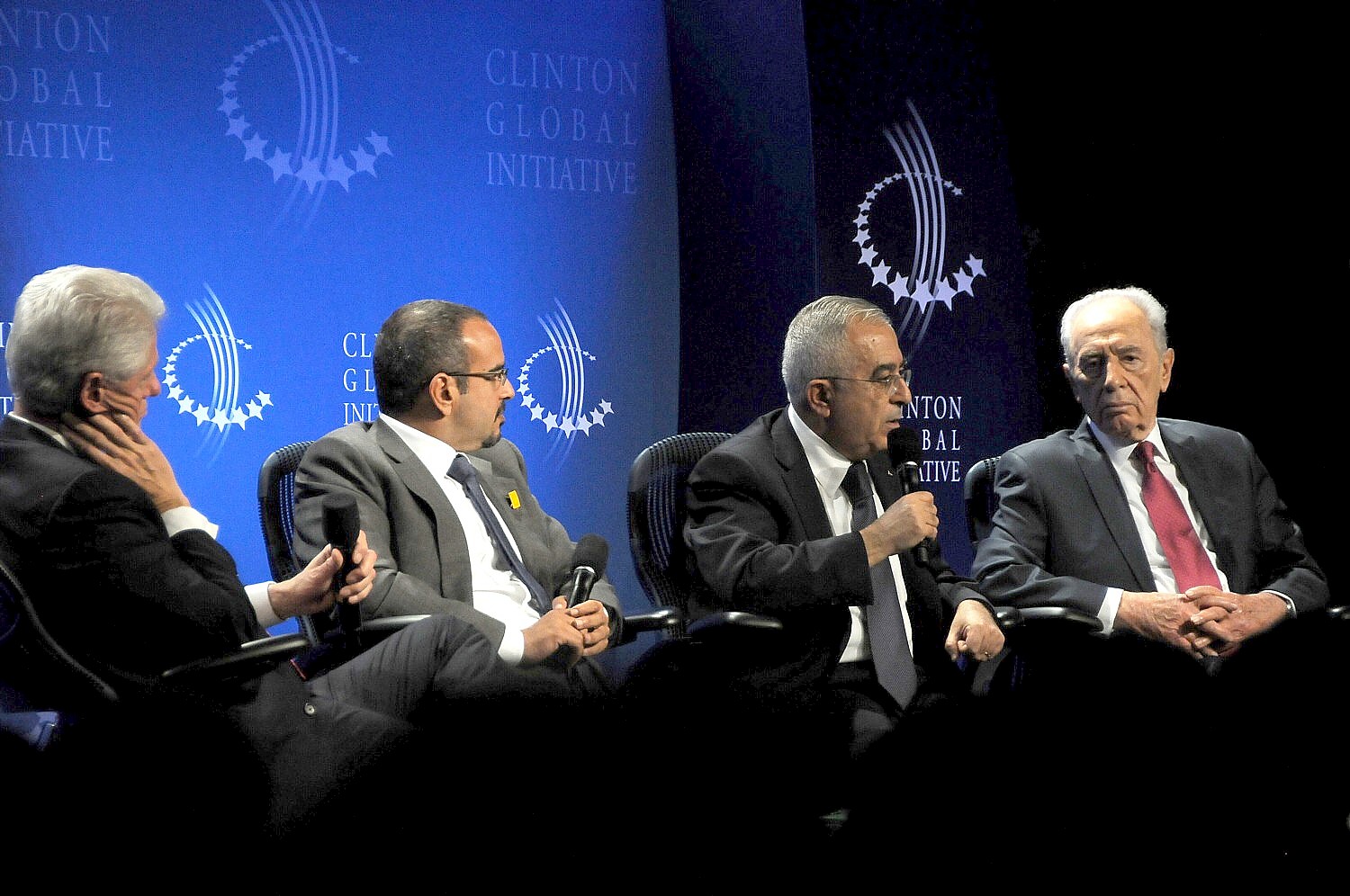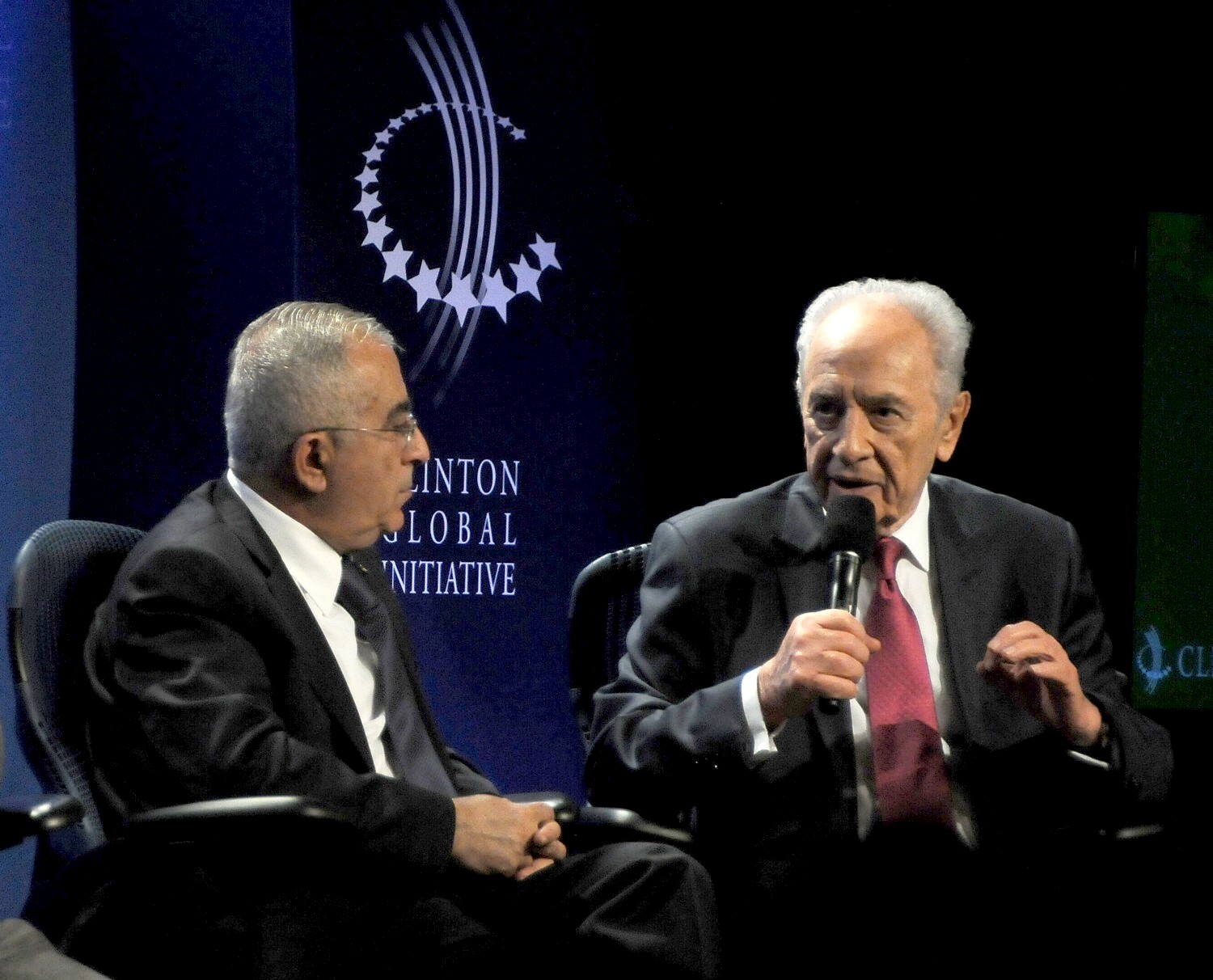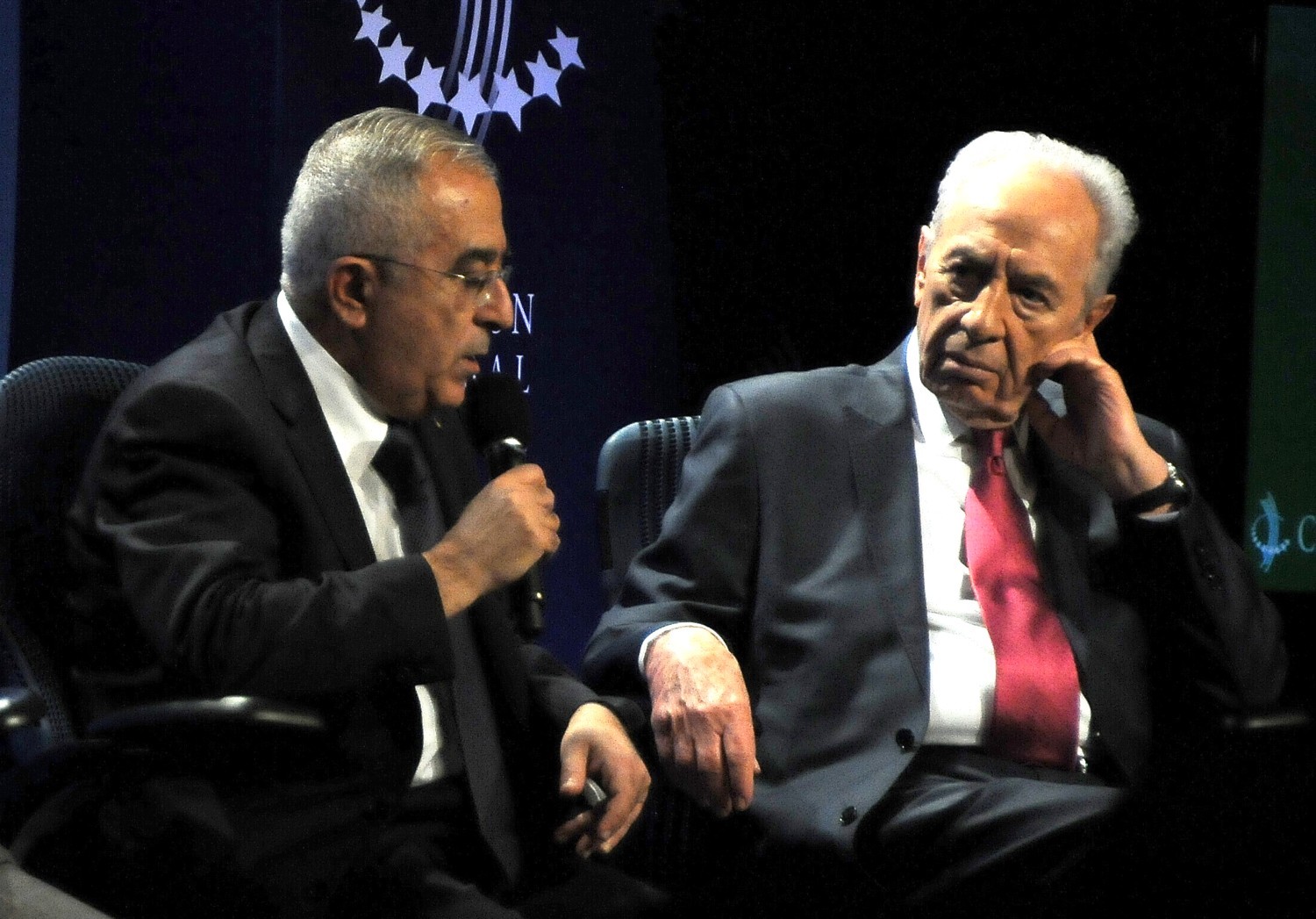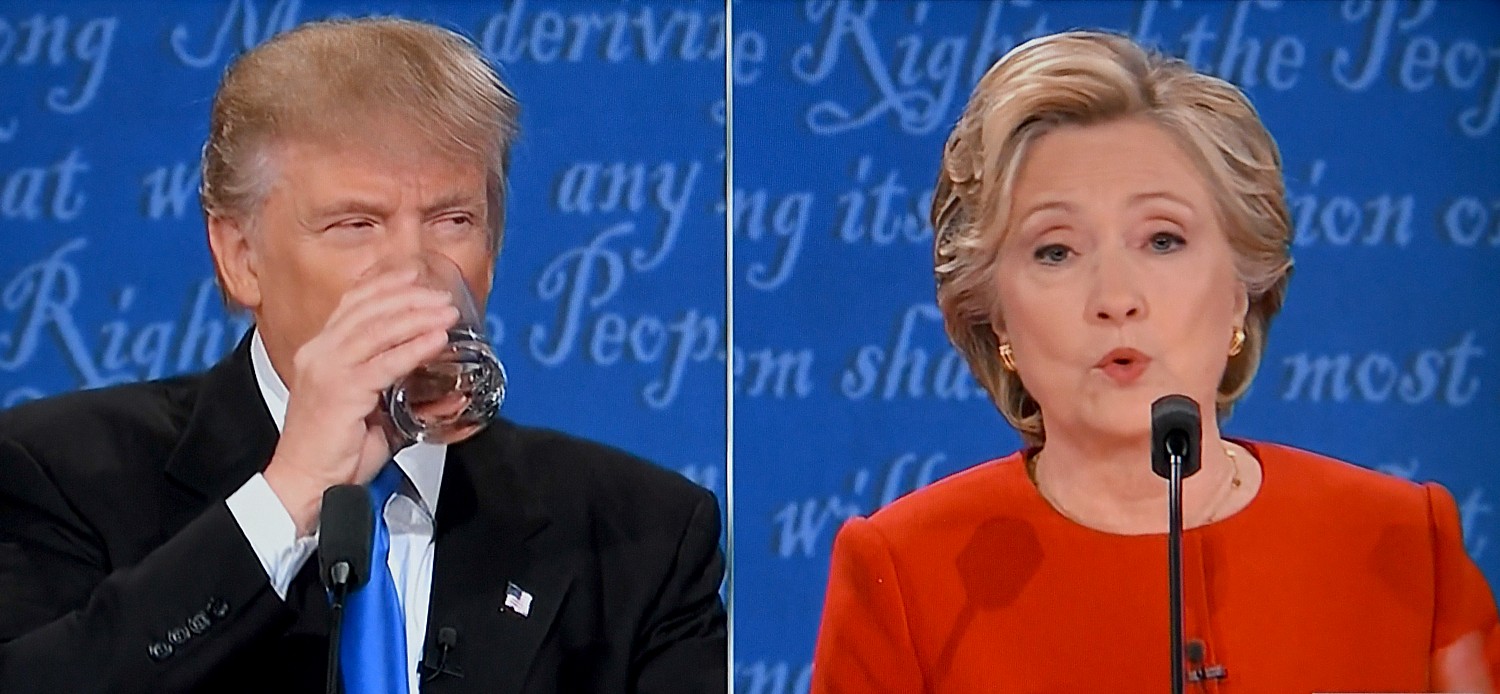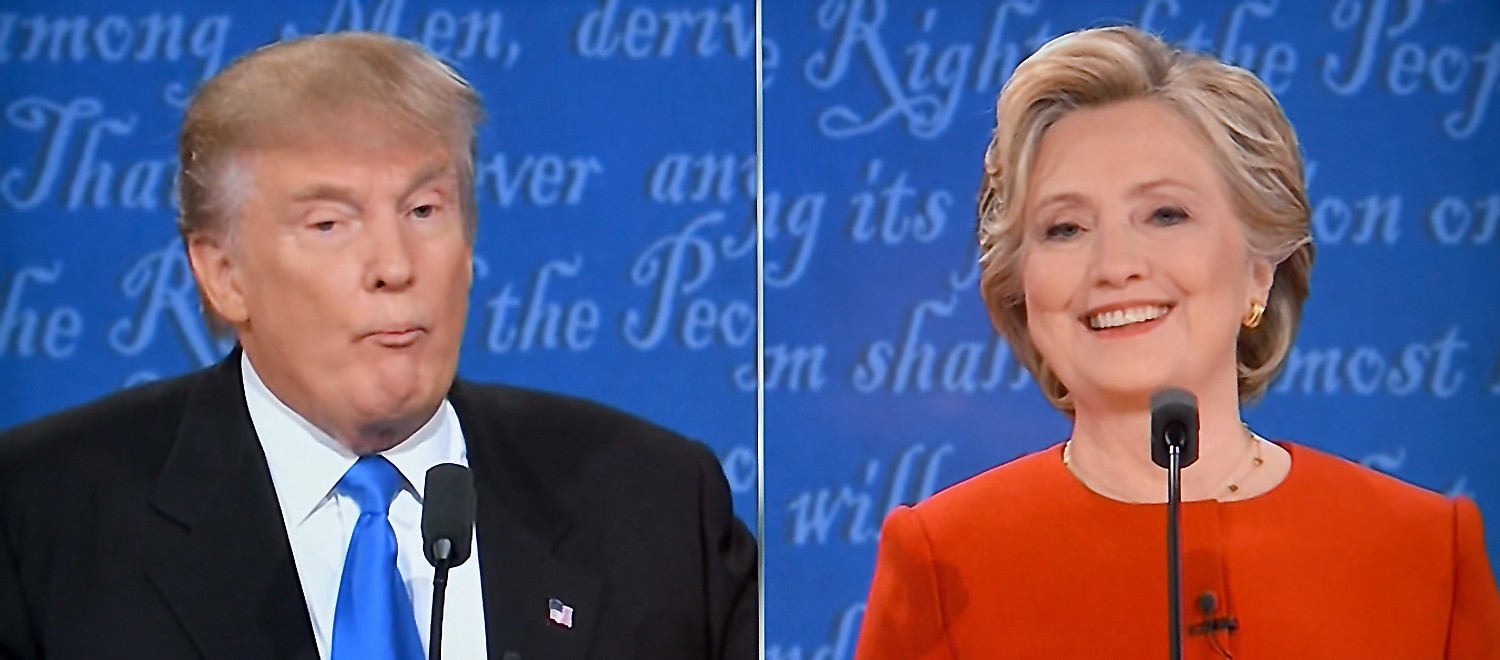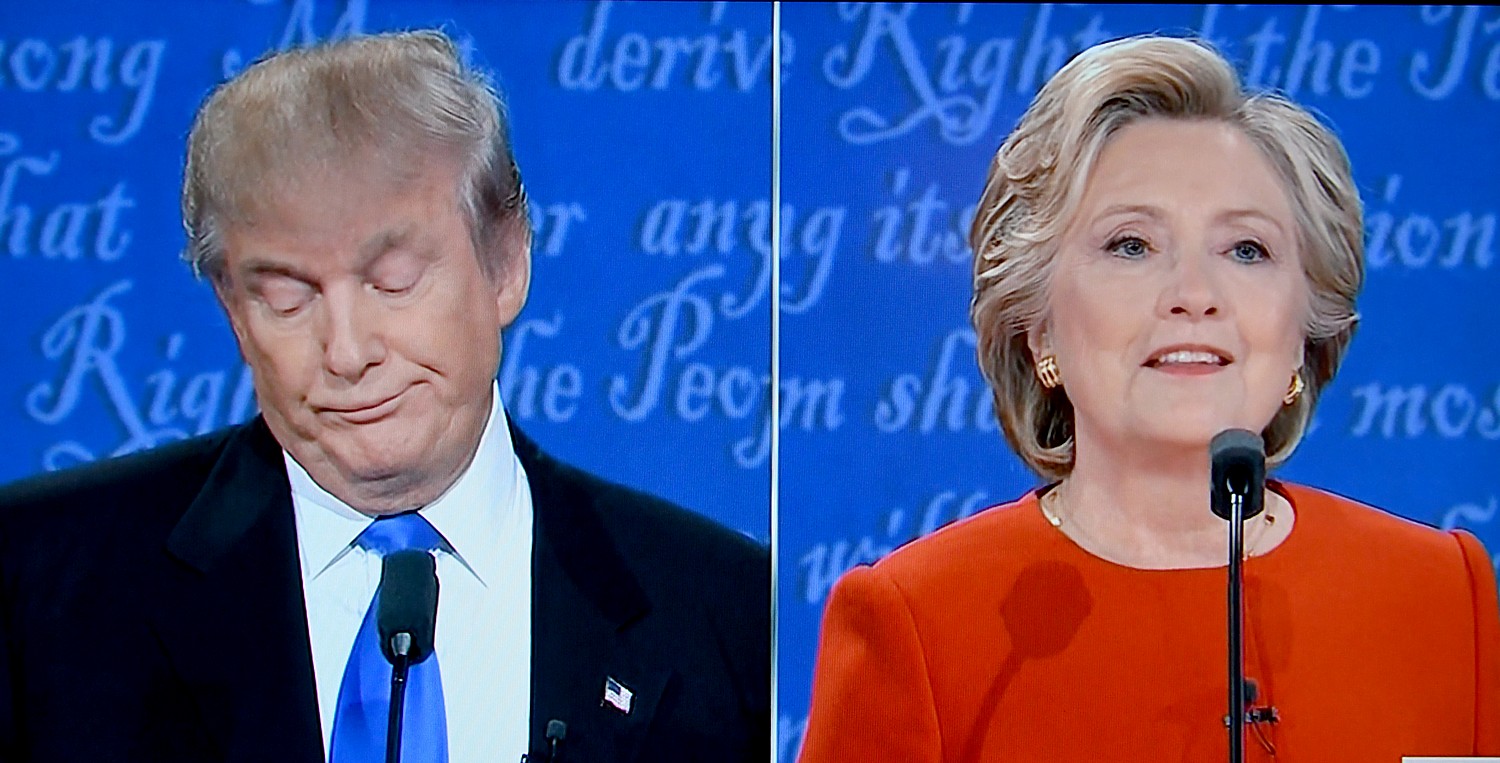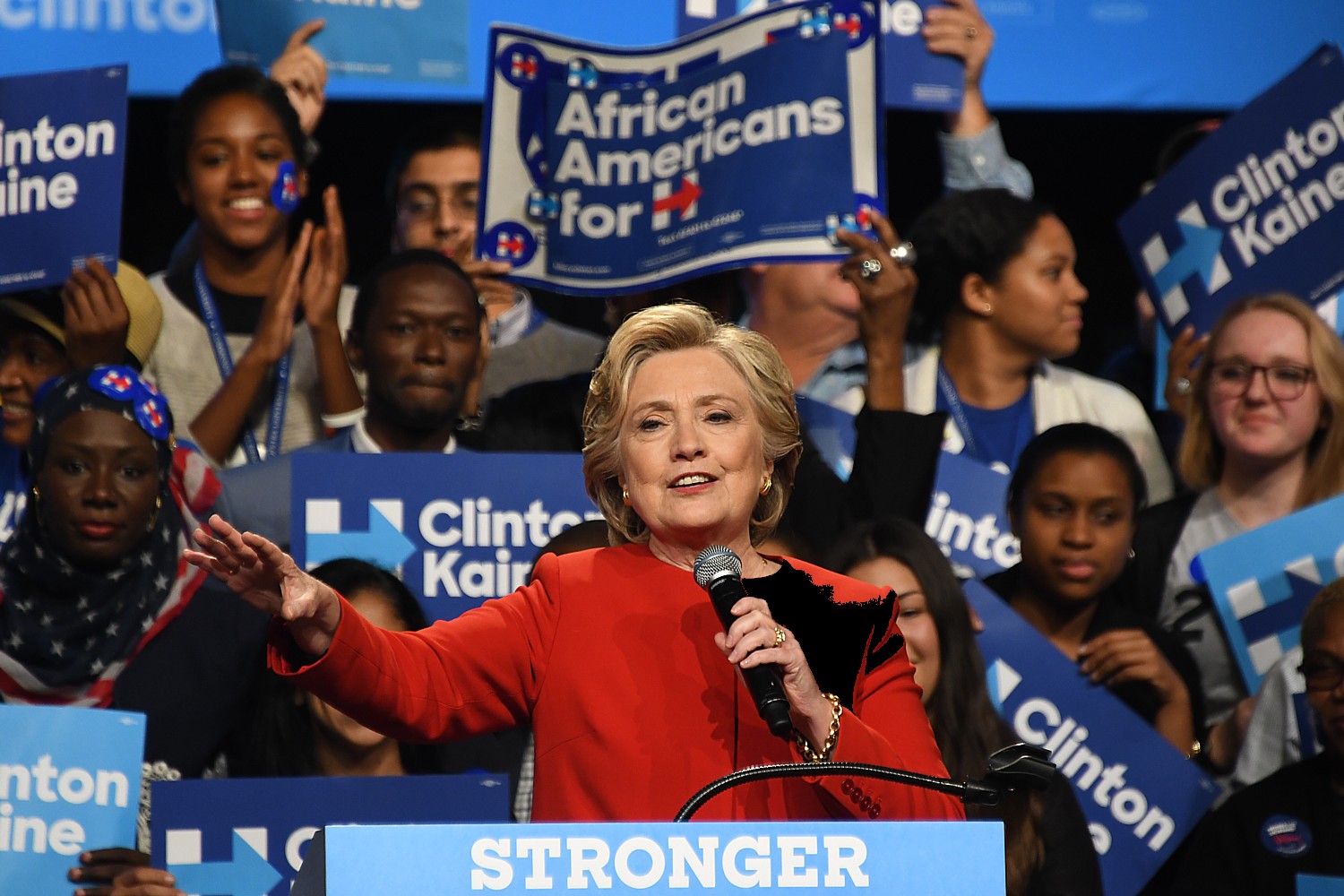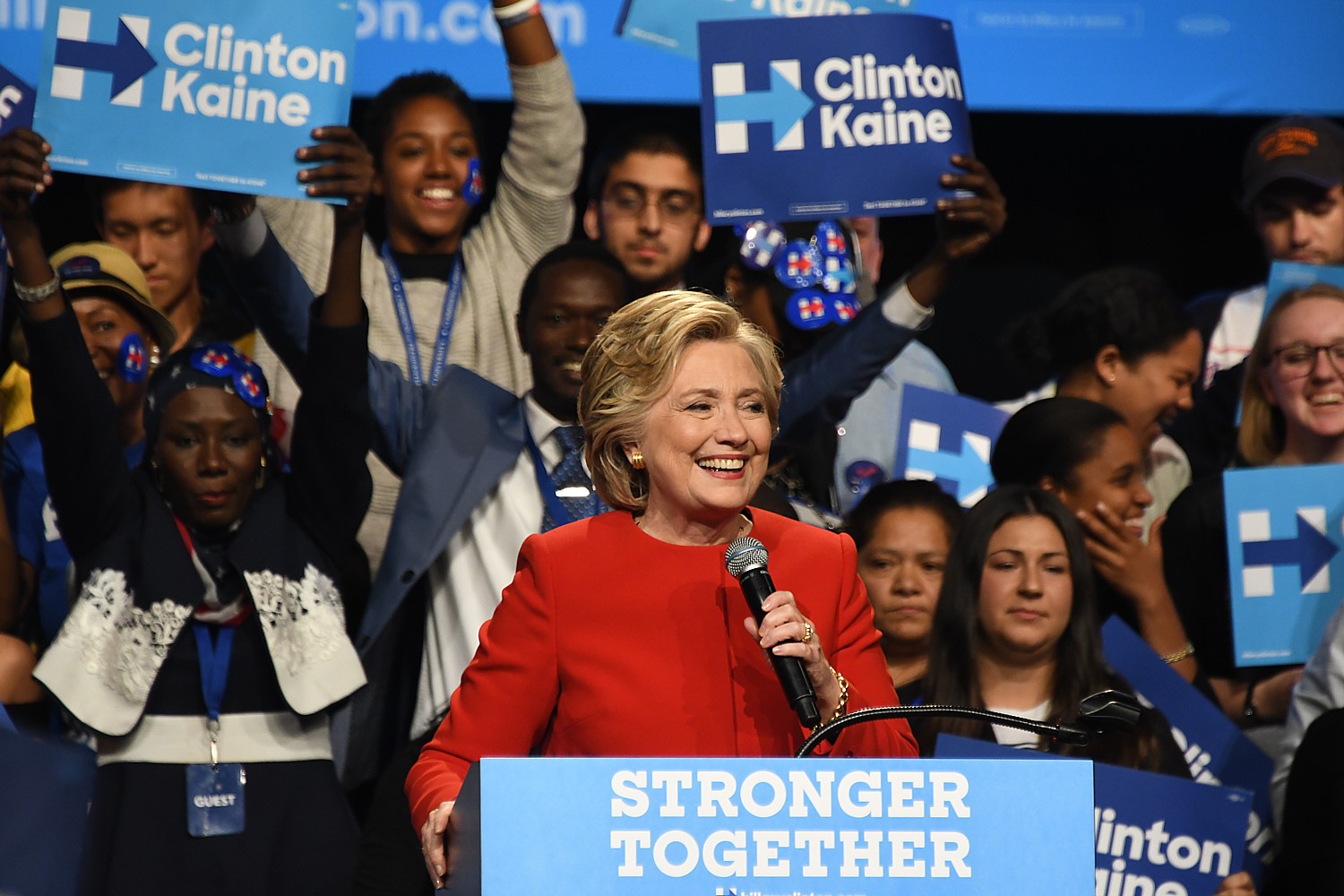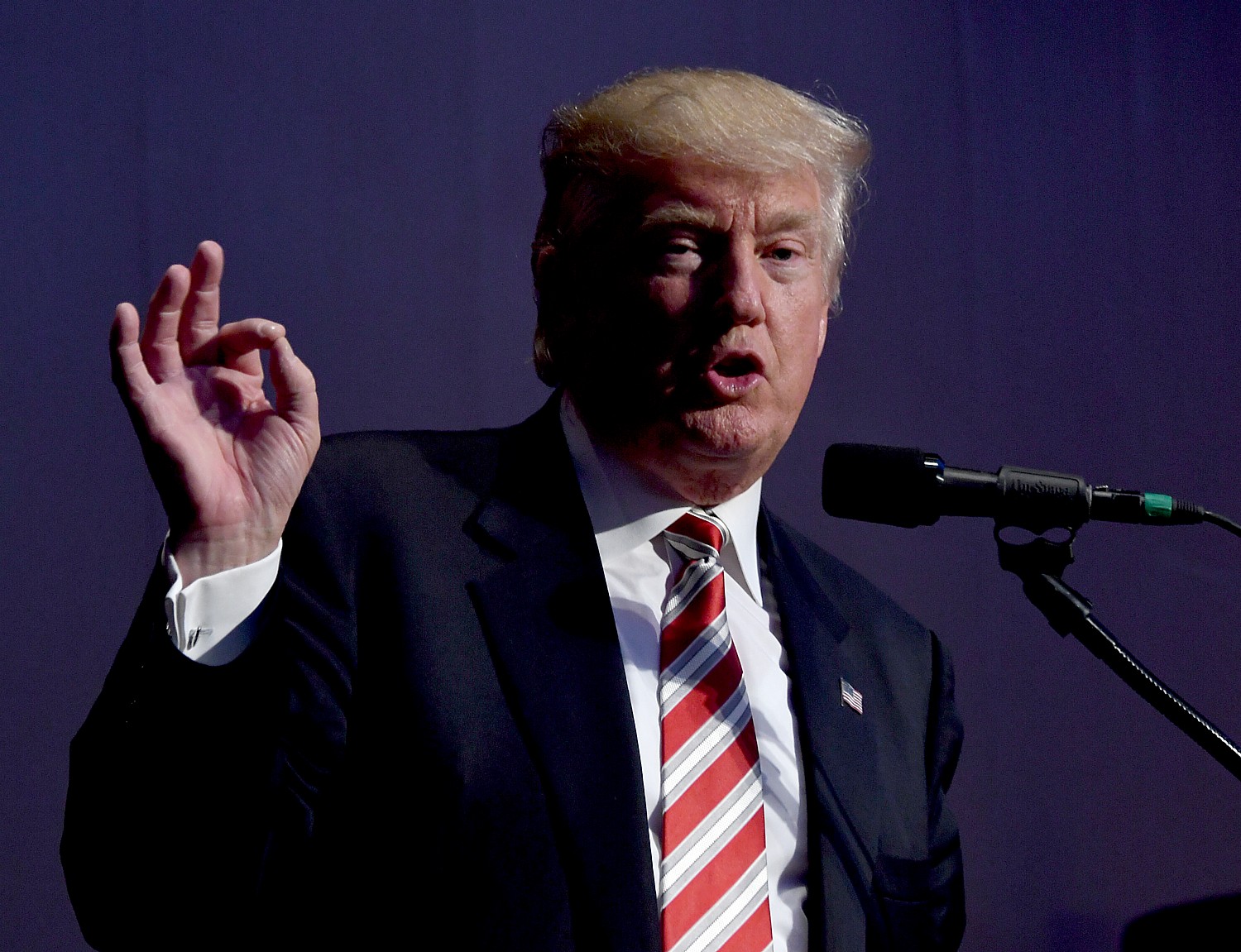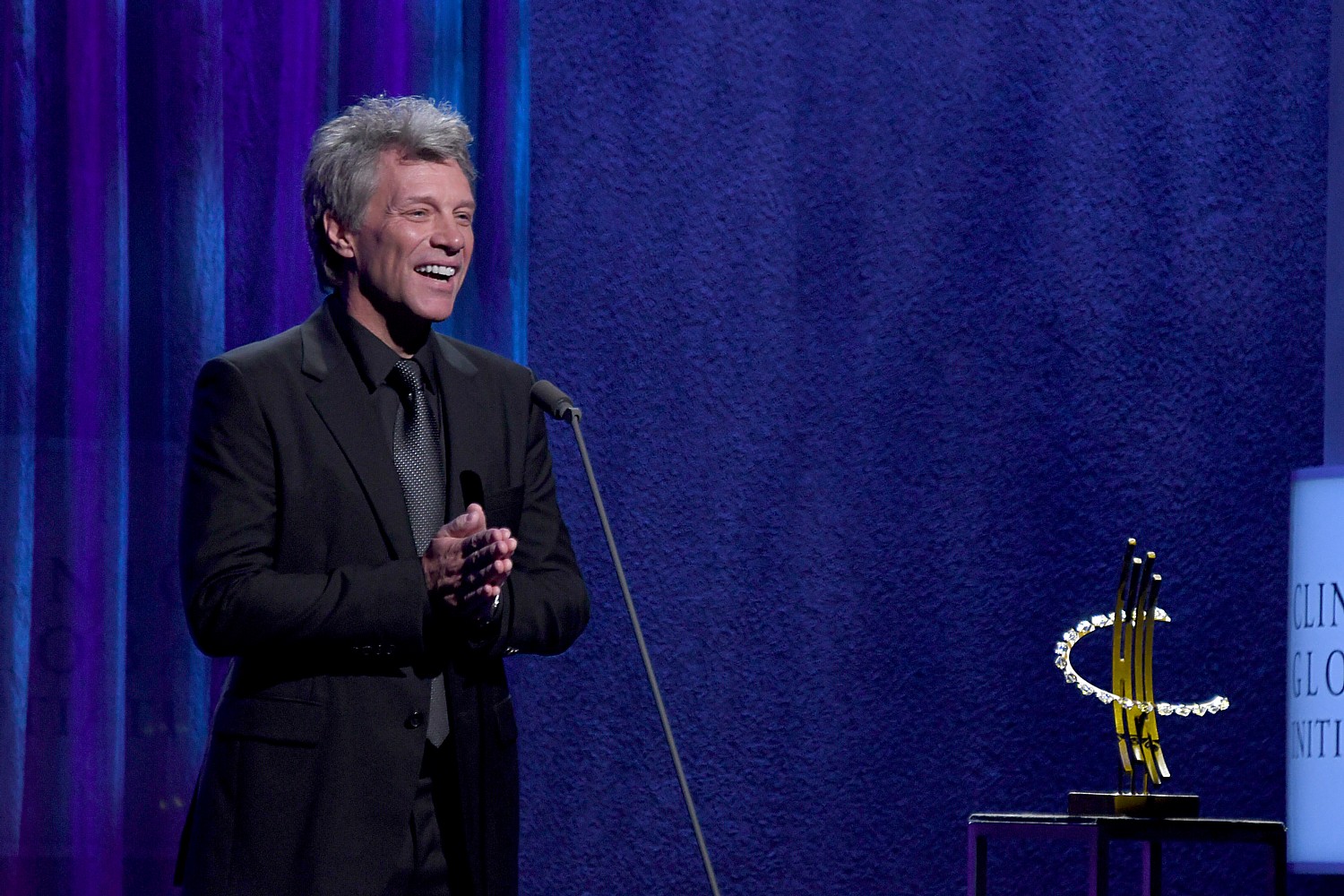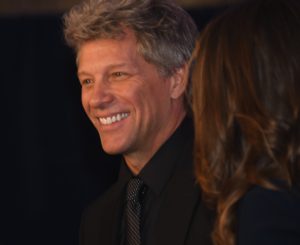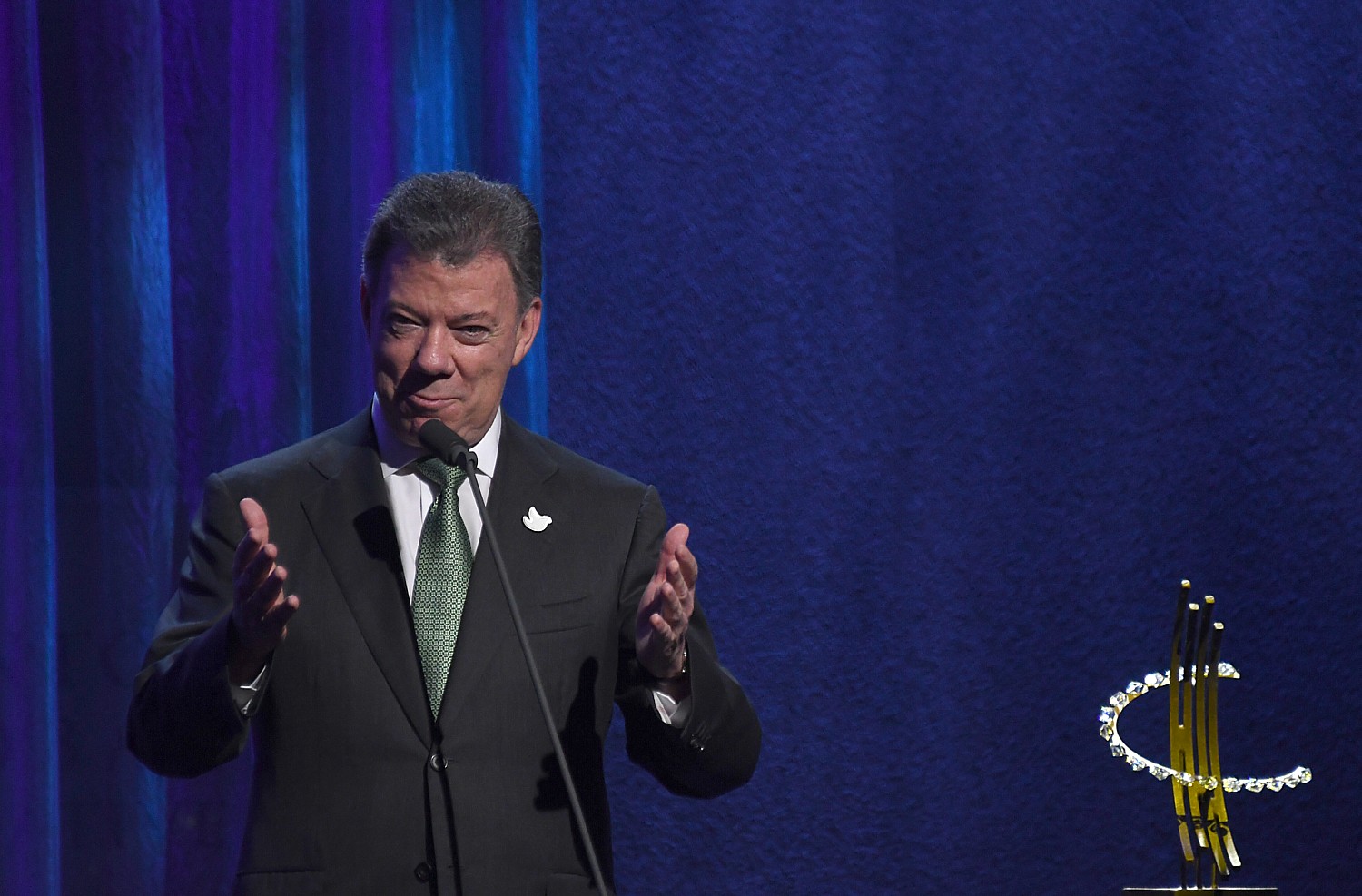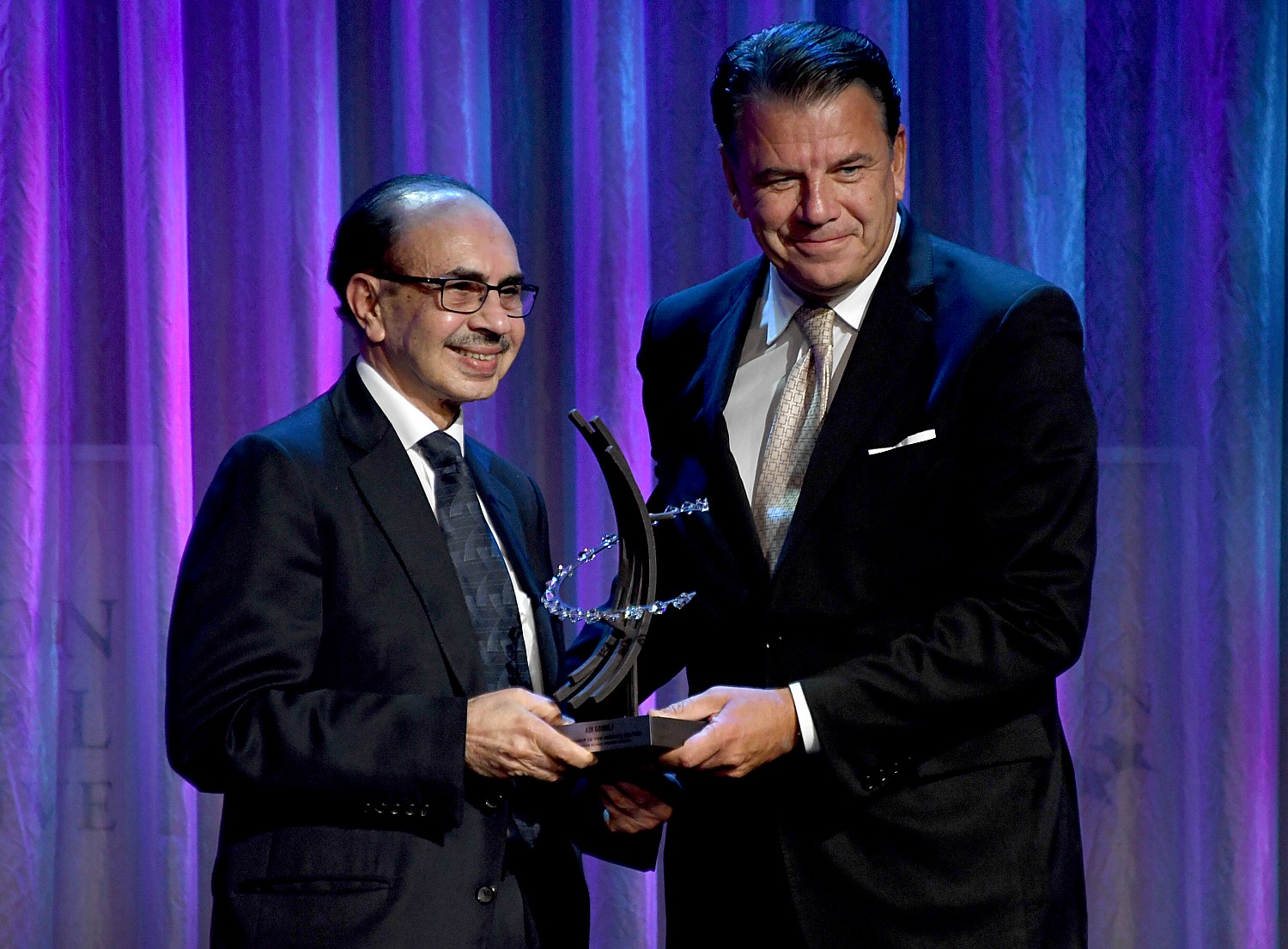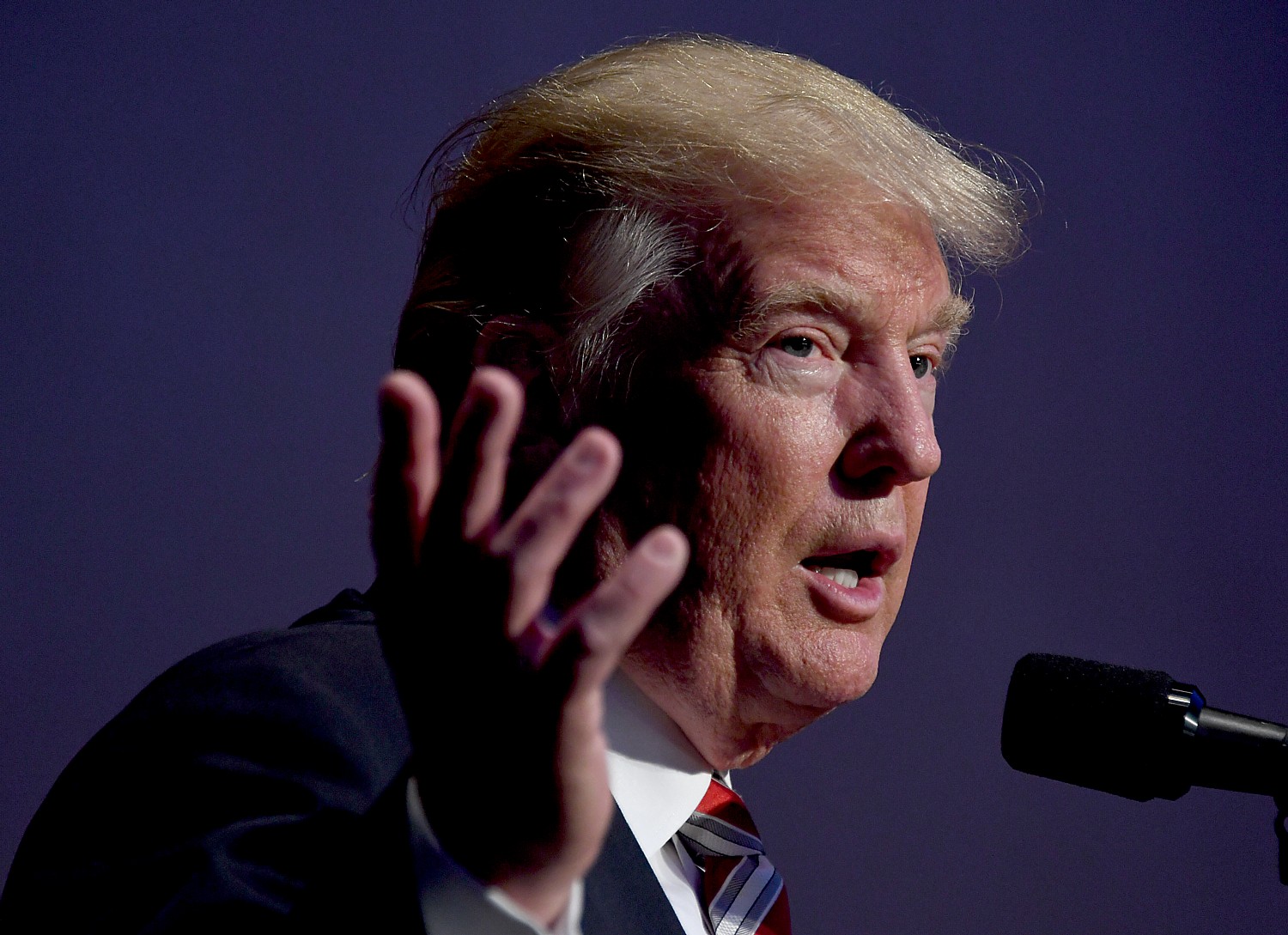
By Karen Rubin, News & Photo Features
How much is it worth to you to save your child’s life? $1 million? $10 million? How much is it worth it to you to have the medication that will prolong your mother’s life from Multiple Myeloma, $10,000 a month? (That’s what the medication cost.)
The issue was most recently dramatized by Mylan, the drug company that has a monopolistic control over the EpiPen syringe, and over the course of but a few years, increased the price for an item that can mean the difference between a child surviving a severe allergic response from $57 to $600 (did I mention it has a year-long shelf life?)
The cost of the actual medication, epinephrine, that can stop potentially fatal anaphylactic shock that’s in the EpiPen dispenser? $1.
It’s not just families who are held up, in much the same way as a gun-wielding robber (“Your money or your life”), but school districts, volunteer fire departments and municipalities who can face a severe budgetary crunch.
And it’s not as if Mylan hasn’t already squeezed the profit out of its drug technology – as rapidly as the price has risen, so have the salaries and bonuses paid to its executives.
The steep increase in prices started when drug company Mylan acquired the rights to the EpiPen nearly a decade ago (the company did not even invest in its development). As they hiked the prices, the salaries of their top executives skyrocketed: From 2007 to 2015, Mylan CEO Heather Bresch’s total compensation went from $2.5 million to 3,456 to $18,9 million, a mind-blowing 671% increase.
“I am a for-profit business. I am not hiding from that,” Bresch declared. Indeed, Mylan also dodges paying taxes in America, by using the insidious “inversion” loophole.
In other words, Mylan charges more because it can. Its sole aim is to maximize return for management and investors.
About 40 million Americans have severe allergies to spider bites, bee stings and foods like nuts, eggs and shellfish. Last year, more than 3.6 million U.S. prescriptions for two-packs of EpiPens were filled, earning Mylan nearly $1.7 billion.
What was Mylan’s CEO’s response to the outcry? Mylan said it would expand eligibility for patient assistance, with a $300 savings card.
Mylan is only the latest example. A year ago, the rage was focused on Martin Shkreli, the founder and former chief executive of Turing Pharmaceuticals, who raised the cost of a life-saving drug (which had been available for years from a company he acquired) from an affordable $13.70 a tablet to $750 per tablet.
Another company, Valeant Pharmaceuticals International similarly raised prices of many of its drugs exponentially, including two heart medications, Nitropress and Isuprel used to treat cardiac arrest, and another to treat Wilson’s disease, a rare genetic disorder.
The cynical way they dodge this despicable behavior is to suggest that the consumers don’t actually pay the sticker price – health insurance or Medicare Part D does, or in some cases (as the advertisements like to scream), they offer some relief to the poorest patients. But the upshot is that the rest of us (“society,” if you will) still do pay because of higher premiums. Also, because insurance premiums are so costly, people are opting for cheaper policies that have higher deductibles, so a family might be out-of-pocket to begin with until insurance kicks in.
What is more, the ones who are hurt the most are those who can least afford it: “One of the cruelties of drug pricing is that the burden falls most heavily on those least able to pay it. Uninsured patients often must pay the list price of a drug, and an increasingly large share of insured customers are being asked to pay a percentage of the list price,” writes Katie Thomas in the New York Times. She quotes Pembroke Consulting’s Adam J. Fein, “We soak the poor.”
Not to mention the “donut hole” that many seniors find themselves in. Seniors are finding their costs rising by double digits, 10% in 2015 and 12% in 2014.
There are laws against price-gouging– for food, water, gasoline. There are regulations that keep utility prices – for water, water treatment, electricity – in check, where price hikes have to be justified. Why are there no checks on drug companies, beyond public shaming (which does not seem to work).
The argument is that it costs millions, even a billion dollars and years to research, develop, test and bring a drug to market and many drugs never win approval so never make it to market at all. Well, it also costs millions, even billions, to create a utility system. What is more, taxpayers already pay for a lot of that research, funding programs through universities. (My idea is that taxpayers should be shareholders in the company and get reimbursed through a percentage of the profits on the drug.)
President Obama can use his executive authority to help break Big Pharma’s monopoly power. The FDA controls whether companies can offer alternatives to products like EpiPens, and the National Institutes of Health can prevent new ones from being granted.
Medicare should be allowed to negotiate drug prices (presently inexplicably prohibited under George W. Bush era legislation written by Big Pharma). The Centers for Medicare & Medicaid Services has proposed 6 pilot projects to test possible reforms to how prescription drugs are reimbursed and how the “value” of a drug is measured under Medicare Part B.
Meanwhile, in Congress, Senator Bernie Sanders and Rep. Elijah Cummings of Maryland have introduced bills that would authorize the Secretary of Health and Human Services to negotiate drug prices and reduce barriers to the importation of lower-cost drugs from Canada and other countries.
Another measure being floated in Congress would require a drug company to show justification for any annual price hike greater than 10% (consider that the inflation rate has been running 2%).
But in the absence of Congressional action, California is proposing The California Drug Price Relief Act, which would prohibit the state from paying more for a prescription drug than the lowest price paid for the same drug by Veterans Affairs, which already negotiates lower prices for pharmaceuticals.
“It is no surprise that the pharmaceutical industry already has dedicated $50 million to defeat this ballot initiative,” Sanders said. “Their greed has no end.”
Prices for prescription medicine in the United States soared last year more than 10 percent – the third consecutive year of double digit price increases. One out of five adults between the ages of 18 and 64 – more than 35 million Americans (that’s one out of five)– cannot afford the medications that their doctors prescribe.
Price gouging on life-saving drugs is only one glaring example of why it is an absurdity to operate the health care system as a purely capitalistic, free-market commodity – and yet, this is exactly what is presented by candidates Donald Trump, who vows to repeal Obamacare and the Libertarian Gary Johnson, who thinks that what is wrong with health care system is that there isn’t enough free market forces at work, while Green Party candidate Jill Stein, an actual doctor, has said that the science on childhood vaccinations isn’t definitive.
Hillary Clinton actually has a detailed policy prescription:
Building upon the comprehensive plan she offered earlier in the campaign last year, Clinton is calling for action to protect consumers from unjustified prescription drug price increases by companies that are marketing long-standing, life-saving treatments and face little or no competition. (See: Hillary Clinton Announces Aggressive New Plan to Address Unjustified Price Hikes in Life-Saving Drugs)
Clinton would convene representatives of Federal agencies charged with ensuring health and safety and fair competition, and create a dedicated group charged with protecting consumers from outlier price increases. They will determine an unjustified, outlier price increase based on specific criteria including: 1) the trajectory of the price increase; 2) the cost of production; and 3) the relative value to patients, among other factors that give rise to threatening public health.
Should an excessive, outlier price increase be determined for a long-standing treatment, Clinton’s plan would make new enforcement tools available including:
- Making alternatives available and increasing competition: Directly intervening to make treatments available, and supporting alternative manufacturers that enter the market and increase competition, to bring down prices and spur innovation in new treatments.
- Emergency importation of safe treatments: Broadening access to safe, high-quality alternatives through emergency importation from developed countries with strong safety standards.
- Penalties for unjustified price increase to hold drug companies accountable and fund expanded access: Holding drug makers accountable for unjustified price increases with new penalties, such as fines – and using the funds or savings to expand access and competition.
As it is the system is designed to impede research and development into new drug treatments for ailments and diseases that would not have a big enough pay-back (for example, rarer diseases).
The Obama Administration has supported an initiative which focuses on precision medicine – that is, matching appropriate treatments to genetic make up (it’s why certain asthma treatments are less effective for African-Americans and Hispanics than Caucasians), and how certain cancer treatments (such as envisioned in Biden’s Cancer Moonshot) can be much more targeted.
The Health Care Industrial Complex, however, is not designed to prevent or cure, but prolong the stream of profits.
________________________________
© 2016 News & Photo Features Syndicate, a division of Workstyles, Inc. All rights reserved. For editorial feature and photo information, go to www.news-photos-features.com, email [email protected]. Blogging at www.dailykos.com/blogs/NewsPhotosFeatures. ‘Like’ us on facebook.com/NewsPhotoFeatures, Tweet @KarenBRubin


